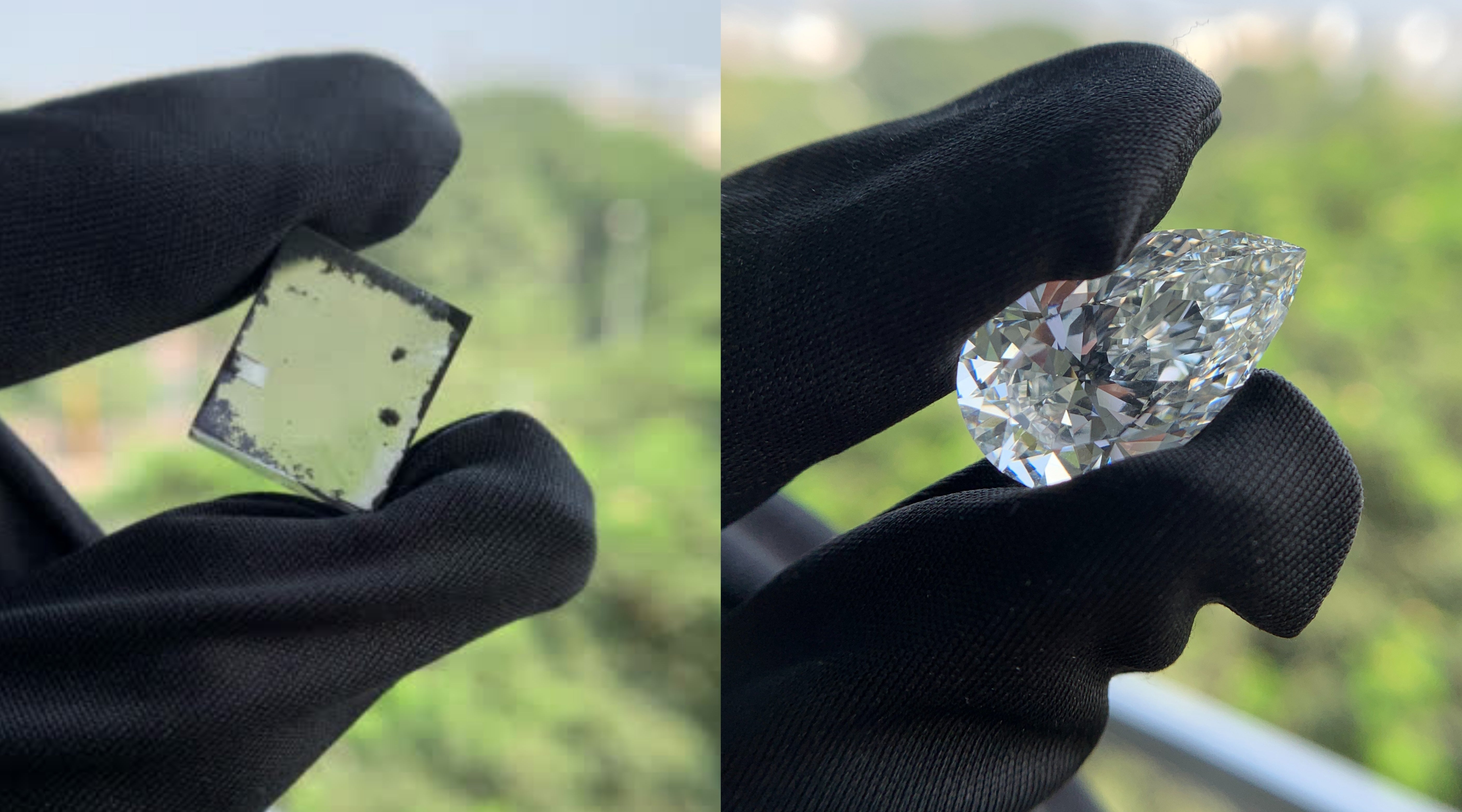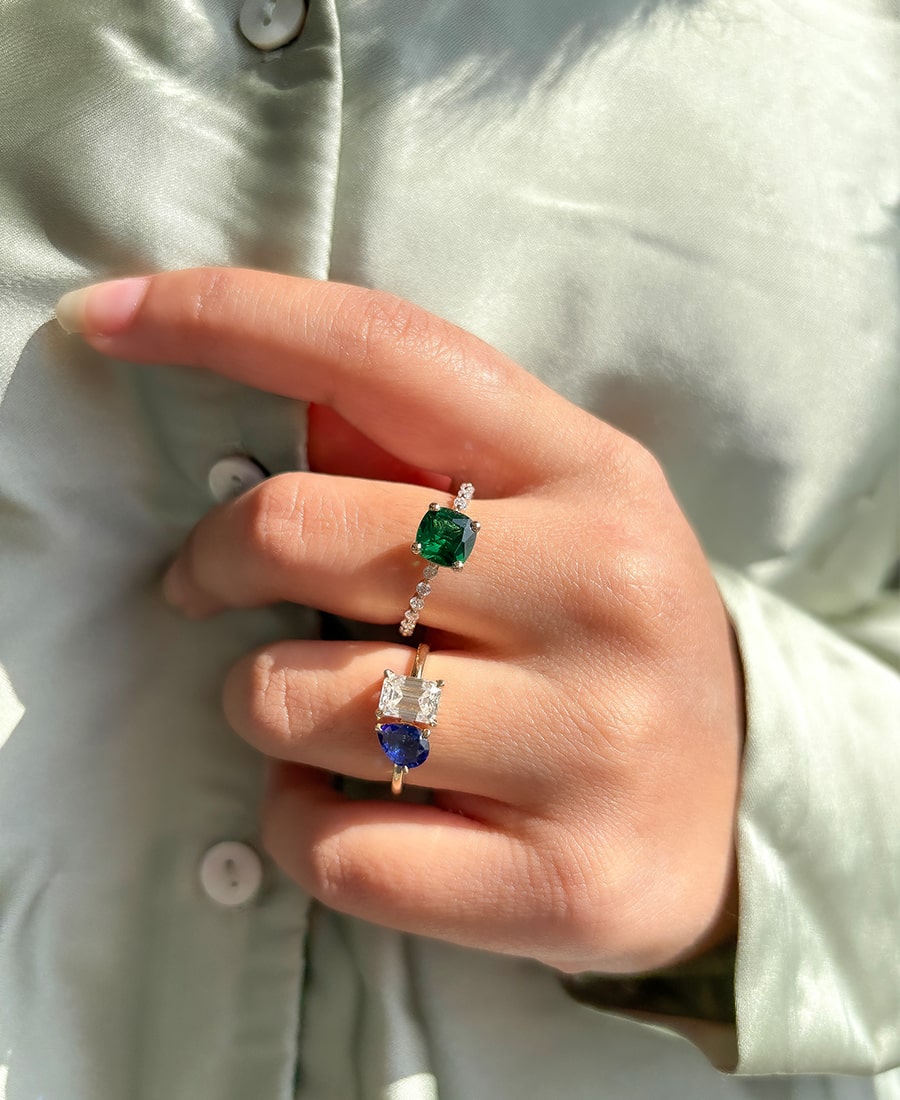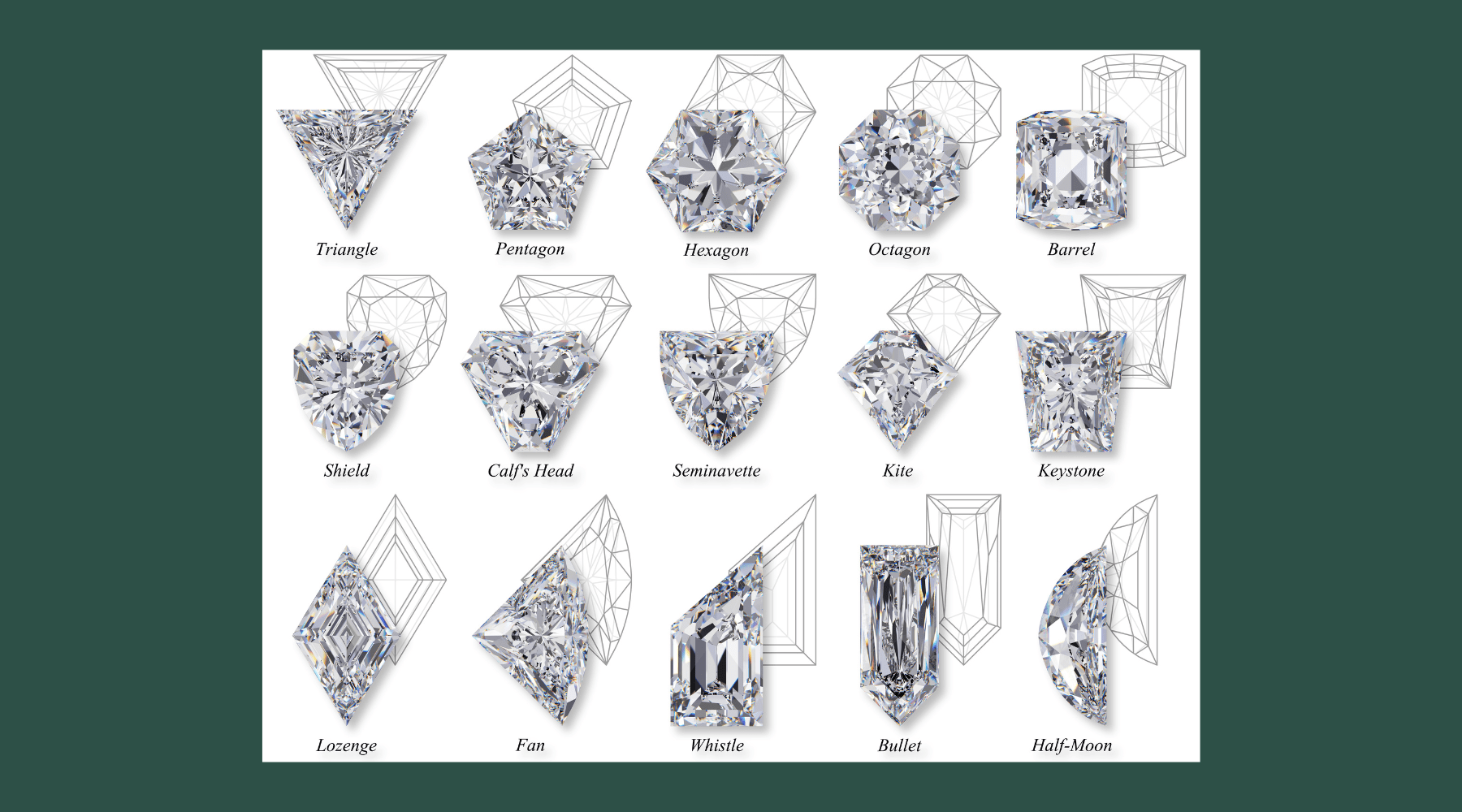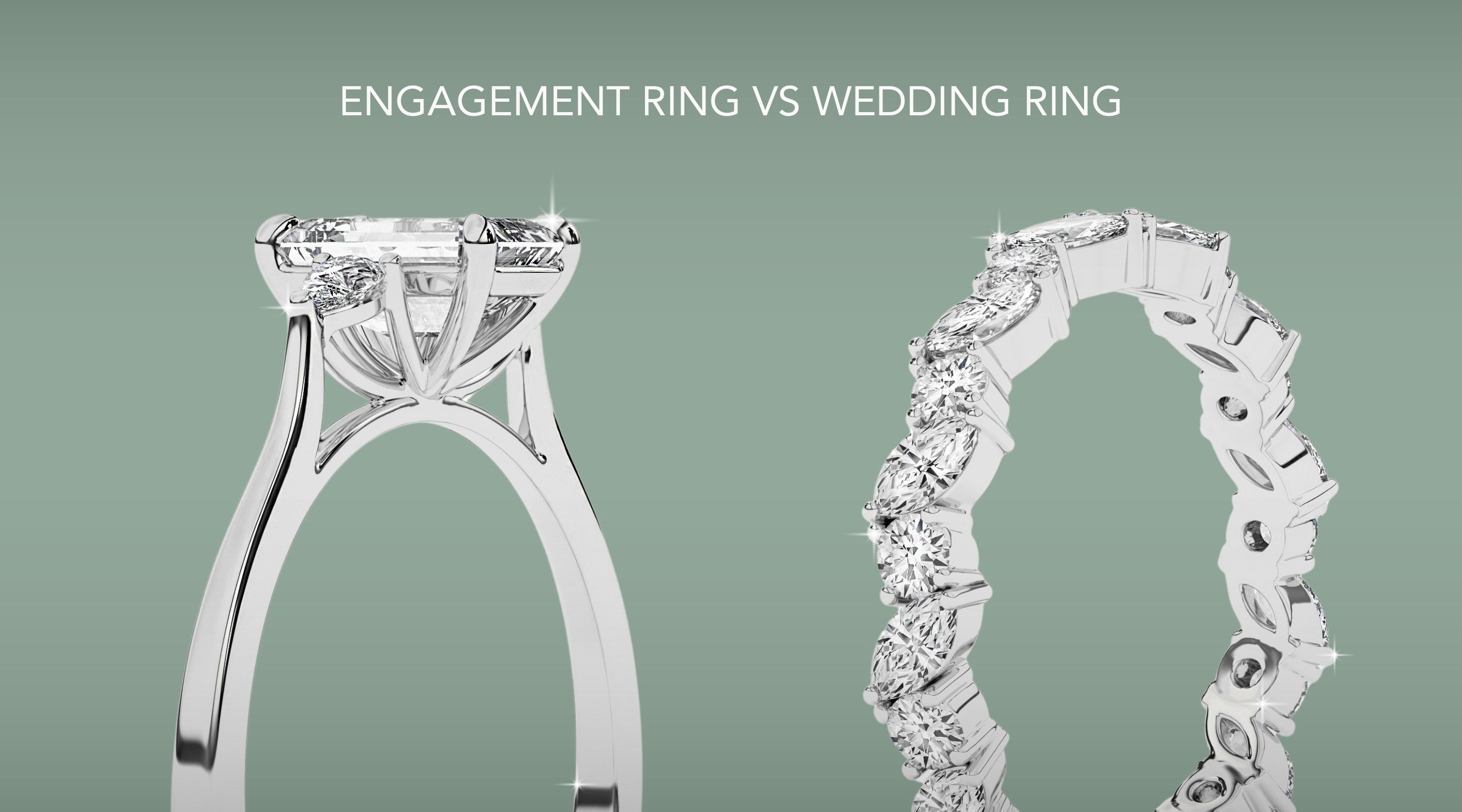
Lab-grown diamonds vs mined diamonds: How are they created?
Diamonds are beautiful, and all around the world, this particular gemstone is considered to be very valuable. But, these diamonds could be produced in various manners. Diamonds are further divided into two categories: lab-grown and mined. In this article, we will take a closer look at how both types are created and the differences between them & which could serve you better. Let us get to know all of these details now!
Key Takeaways
|
What Are Lab-Grown Diamonds?
Lab-grown diamonds are grown in a laboratory. This is one of the best creations of technology and has created a huge revolution in the world of diamonds and gemstones. There are two primary techniques that scientists employ when making them. Both methods resemble actual conditions under which diamonds are created, but these processes occur considerably faster. The efficiency and speed of diamond manufacturing at these laboratories are the major advantages that attract people to these lab-grown diamonds.
High Pressure, High Temperature (HPHT)
What is the process?
This process involves the application of high pressure and temp to emulate the conditions in the interior of the earth, known to form natural diamonds. All of these need a lot of efficiency to get the right quality for the lab-grown diamonds.
How Does It Work?
Scientists begin with carbon, which forms the foundation of diamonds. They then heat and pressurize this carbon till it fuses and crystallizes into a diamond. This can range from a few weeks to a few months on average.
What are the Results of this Process?
The lab-grown diamonds generated through this HPHT process have properties similar to that of a natural diamond and are of a similar composition.
Chemical Vapor Deposition (CVD)
What is the process?
This is a process where a gaseous mixture is utilized to synthesize the diamonds in a chamber under vacuum pressure.
How Does It Work?
Carbon gases are introduced into a chamber and these are decomposed into carbon atoms. These atoms then deposit on a prepared surface to form a diamond crystal.
What are the Results of this Process?
Like the case with HPHT diamonds, CVD diamonds also have the same characteristics as natural diamonds.
What Are the Major Benefits of Lab-Grown Diamonds?
Environmentally Friendly
They do not need mining as a source of the materials used in their manufacture; hence, they are environmentally friendly. This process does not cause any kind of soil erosion or damage to ecosystems.
Affordable
Another advantage seen in lab-grown diamonds is that they are cheaper by 30% compared to the mined ones. This is because they are artificially synthesized and do not require expensive mining techniques and activities.
Conflict-Free
They are guaranteed not to be “blood diamonds,” which are diamonds mined in war zones and sold to finance conflicts.
Fast Production
Lab-created diamonds can take a few weeks to months to produce, whereas natural diamonds may take billions of years to form. With the growing demand for diamonds all across the globe, the availability of these lab-grown diamonds has helped a lot to meet the requirements without fail.
 |
What Are Mined Diamonds?
Mined diamonds refer to diamonds that are found in the depths of the Earth. They are formed geometrically in billions of years through the process of high pressure and temperature. In other words, these are the diamonds that are formed naturally in the core of Earth.
How Are Mined Diamonds Made?
What is the process?
Diamonds are created in the mantle – the layer beneath the Earth’s crust. Diamond crystals form when carbon atoms are joined together through heat and pressure.
How Does It Work?
Diamonds are carried near the surface of the Earth by volcanic pipes. They are then extracted from the ground using methods such as drilling and blasting.
What Are The Main Mining Methods?
There are three methods of mining, and these include open cast mining, underground mining, and alluvial mining, which involves mining through water channels or river flows.
What are the major drawbacks of Mined Diamonds?
Environmental Impact
The extraction of diamonds is not without its consequences, such as deforestation, soil erosion, and or harm to ecosystems. It also requires significant amounts of water and energy to make the product.
Cost
Mined diamonds tend to cost more because of the expenses incurred on mining and since they are rare in the market. For this particular type of diamond, the supply is much less, creating a huge surge in pricing.
Ethical Concerns
Some diamonds mined are blood diamonds, which are diamonds obtained from territories under the control of rebellious forces.
Comparing Lab-Grown and Mined Diamonds
You need to understand that both lab-grown and mined diamonds are diamond stones. Researches have confirmed that the two materials are chemically and mechanically identical – they are as hard and wear-resistant as each other. However, there are some significant differences between them.
Similarities
Quality
From the perspective of color and clarity, both kinds of diamonds can be considered of high quality. They can have the same clarity, color, and cut.
Appearance
They look like each other, and you cannot differentiate or identify one from the other. Moreover, both lab-grown diamonds and mined diamonds are chemically indistinct from each other.
Differences
Creation Time
Lab-grown diamonds can take a few weeks to several months, while natural diamonds can take billions of years.
Cost
The Lab-grown diamonds cost relatively less than those that are mined naturally from the Earth.
Environmental Impact
Lab-grown diamonds are also more sustainable than mined diamonds in the sense that they do not come from mined resources.
|
Lab-Grown Diamonds |
Mined Diamonds |
|
Made in a lab |
Formed in the earth |
|
Created in weeks to months |
Formed over billions of years |
|
Generally cheaper |
Usually more expensive |
|
Lower environmental impact |
Higher environmental impact |
|
Always conflict-free |
May have ethical issues |
Choosing Between Lab-Grown and Mined Diamonds
Cost: If you desire a stunning diamond ring with considerable savings, consider lab-grown diamonds for your purchase.
Environment: Lab-grown diamonds are also a better option if you want to be environmentally conscious about your consumption.
Ethics: If avoiding conflict diamonds is important to you, lab-grown diamonds are guaranteed to be conflict-free.
Conclusion
There is no wrong choice between lab-grown diamonds and mined diamonds, as both are good options but with unique advantages. Lab-grown diamonds are created much faster, are cheaper, and require fewer resources. Mined diamonds Natural diamonds that have been forming for billions of years through geological processes are more expensive and can be environmentally unsustainable. Knowing the method through which each kind of diamond is formed is very crucial to making a prudent decision.
FAQS
1. How are lab-grown diamonds made?
They are made in labs using HPHT or CVD methods.
2. What are the benefits of lab-grown diamonds?
They cost less, are better for the environment, and are conflict-free.
3. How are mined diamonds different from lab-grown diamonds?
Mined diamonds take billions of years to form and cost more; lab-grown diamonds are made faster and cheaper.






